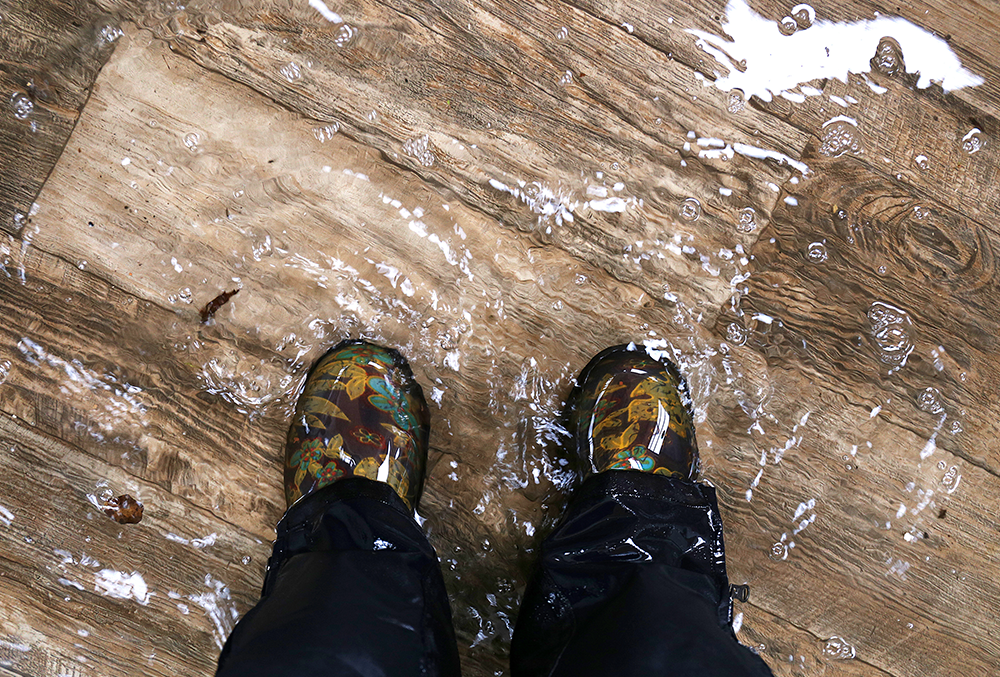
Flooding is not uncommon throughout the Indiana spring and summer seasons. Flood damage is often extensive, but many homeowners overlook the possibility of damage to appliances and HVAC equipment after the fact. If you’ve been the victim of a flood, you need to take the utmost precautions to ensure that your home is safe and healthy after the fact – Thiele Heating & Air Conditioning shares why it’s important to have a professional inspect your home’s appliances and HVAC units after a flood.
How Do Appliances Sustain Flood Damage?
When your home or even your yard is flooded, this event may leave certain appliances submerged until standing water recedes or the area dries out. Floodwaters can carry bacteria, fungi, and other microorganisms into this equipment, leaving them to spread even after the water is gone. Prolonged exposure to excess water can also damage electrical components and other HVAC appliance parts, making them dangerous to use before repairs have been made.
Have HVAC Equipment & Appliances Inspected After a Flood
Once flood water recedes, you may assume it’s ok to get things back to normal as soon as possible. However, you need to take caution and address potential flood damage to appliances and HVAC equipment inside and outside the home. If you begin to operate these units before they have been professionally inspected, you could risk causing further damage to the system, encouraging the spread of contaminants, or even hurting yourself.
It’s a smart idea to call for professional help from a qualified HVAC technician to inspect your home appliances prior to using them again after a flood. Even if you are told it is safe to return to your home, don’t turn these units back on until a professional technician tells you it is safe to do so.
Flood damage isn’t always obvious from the appliance’s exterior, but a trained technician knows how to access the inner workings of the unit and inspect every inch for issues that were caused by water submersion. Floodwaters can also wash away parts of the unit, which you may not notice on your own.
- When an HVAC technician inspects an air conditioner, furnace, or other heating and cooling unit for flood damage, they first check to see that the entire unit is intact and no parts have been carried away by the water.
- Upon inspection, there will be a thorough cleaning performed to remove contaminated materials inside the appliance, pull out debris, and disinfect surfaces.
- Material like wet insulation or media filters are taken out of the unit. All components are thoroughly washed and treated with disinfectant.
- Inspect air ducts and inside units for mold growth. Make sure these areas are cleaned properly and disinfected to prevent mold spores from spreading within your HVAC system.
- Components such as fans and motors are removed, serviced, and tested before they are reinstalled within the unit.
- Any components that sustained flood damage are repaired or replaced to ensure the unit can operate safely when used again. New insulation and/or filters are added to the unit once surfaces are completely dry.
- The professional will test the operation and performance of the HVAC system once the inspection and cleaning process is complete to ensure all components are working correctly.
Call Thiele for HVAC Flood Inspections
If you suspect your indoor or outdoor heating and cooling equipment has been affected by flood damage, keep the systems turned off and schedule a professional inspection right away. Call Thiele Heating & Air Conditioning today to have your air conditioner or other HVAC appliance inspected for damage.
